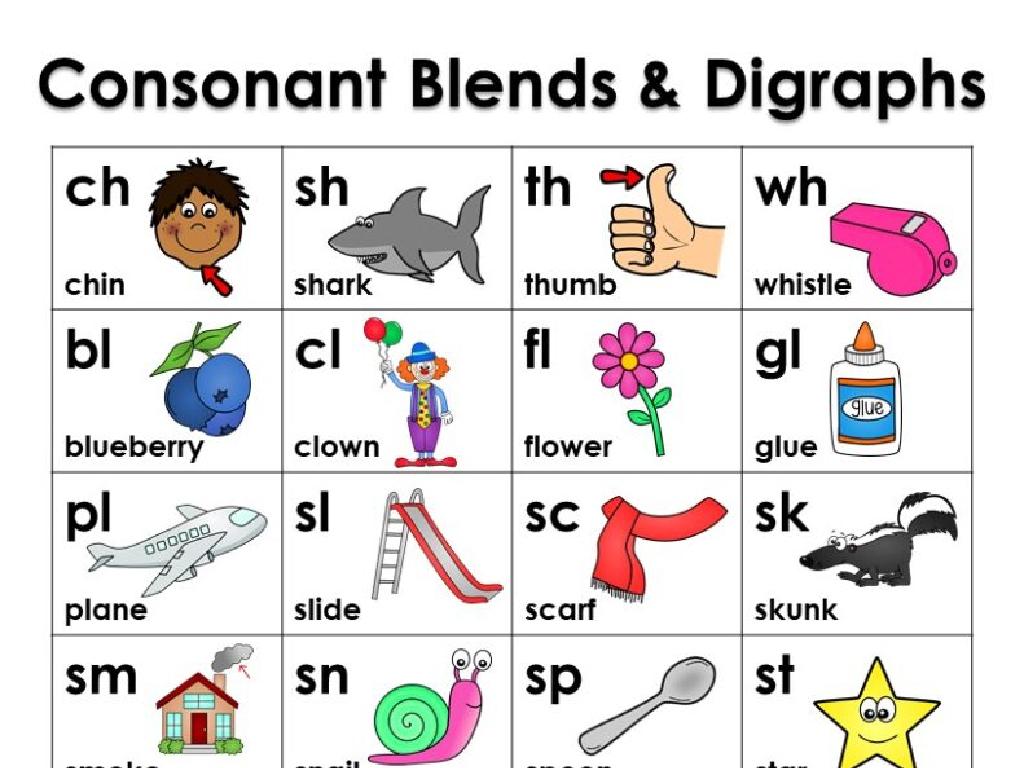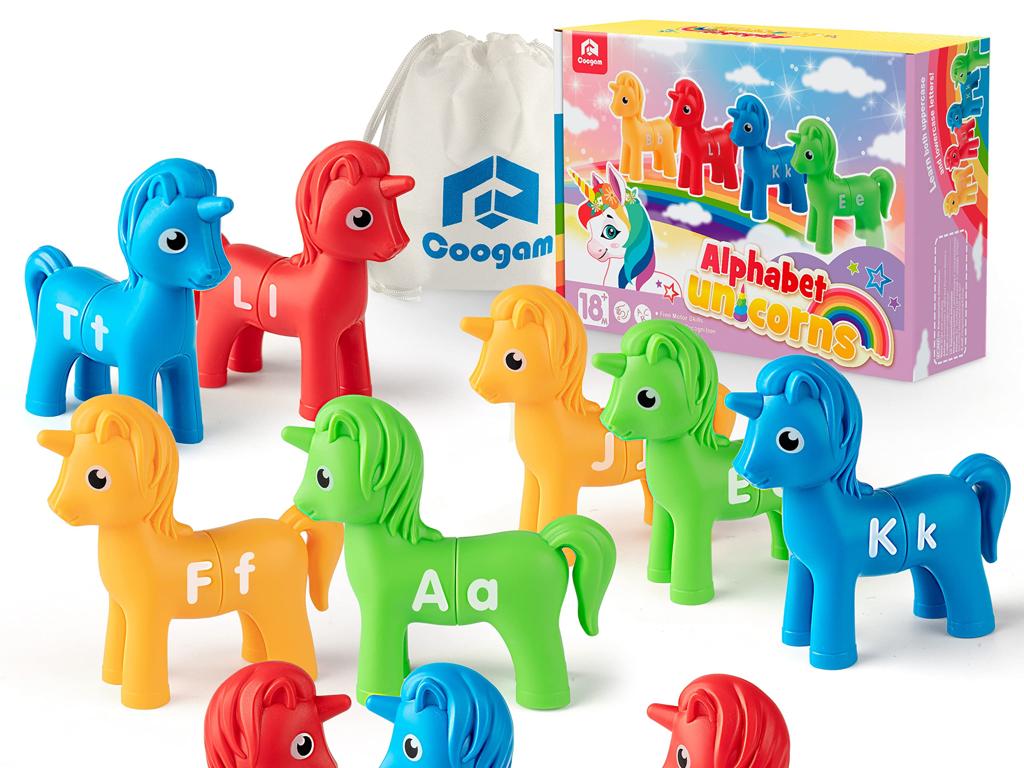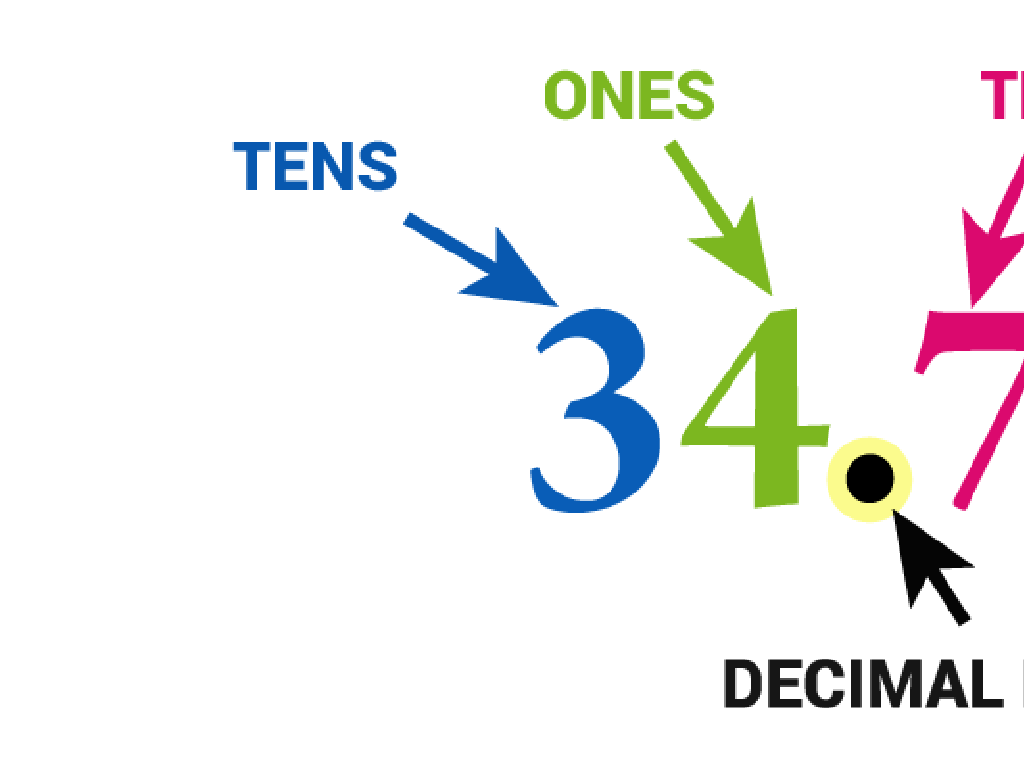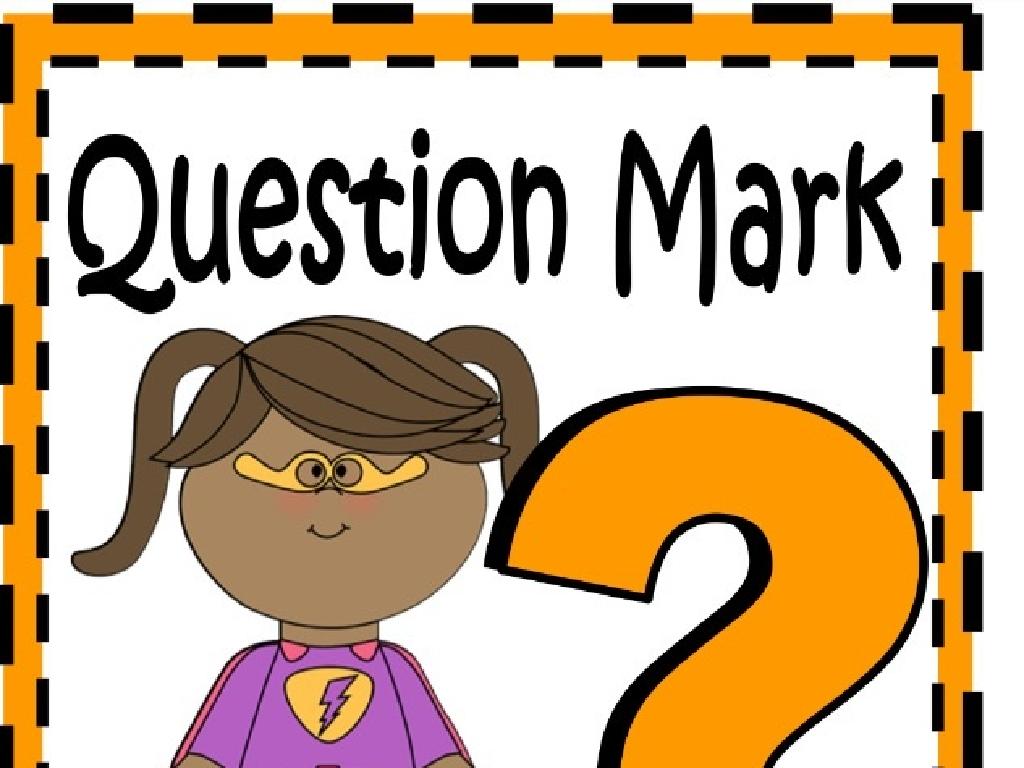Add And Subtract Numbers Written In Scientific Notation
Subject: Math
Grade: Eighth grade
Topic: Scientific Notation
Please LOG IN to download the presentation. Access is available to registered users only.
View More Content
Understanding Scientific Notation
– What is scientific notation?
– A method to express very large or small numbers, e.g., 2 x 10^3
– Why use scientific notation?
– Simplifies working with huge numbers, like the distance between stars
– Real-world scientific notation uses
– Used in astronomy, chemistry, and engineering to handle vast calculations
– Adding & subtracting in scientific notation
– Keep the same exponent, align decimal points, then add or subtract
|
This slide introduces students to the concept of scientific notation, a critical tool in mathematics and science for dealing with extremely large or small numbers efficiently. Explain that scientific notation allows us to simplify calculations and understand scales that are beyond our everyday experience, such as astronomical distances or microscopic sizes. Provide examples from various fields to show its practical applications. When teaching addition and subtraction, emphasize the importance of uniform exponents for direct calculation. Use practice problems to illustrate the process, ensuring students grasp the concept of aligning decimal points before performing the operation.
Understanding Scientific Notation
– Define scientific notation
– A method to express very large or small numbers
– Identify components: Coefficient, Base, Exponent
– Coefficient: number between 1-10, Base: always 10, Exponent: shows how many times to multiply
– View examples in scientific notation
– E.g., 2.45 x 10^3 (large number) or 5.67 x 10^-4 (small number)
– Practice with real numbers
|
Scientific notation is a concise way to represent numbers that are extremely large or small, which is common in scientific and mathematical contexts. It consists of three parts: a coefficient (a number between 1 and 10), a base (which is always 10 in scientific notation), and an exponent (which indicates how many times the base should be multiplied by itself). Provide students with clear examples of both large and small numbers written in scientific notation. Encourage them to convert a few regular numbers into scientific notation to grasp the concept better. This slide sets the foundation for learning how to perform operations like addition and subtraction with numbers in scientific notation.
Adding Numbers in Scientific Notation
– Equalize the exponents
– Sum the coefficients
– Maintain base and exponent
– Example: (2.3 x 10^5) + (3.7 x 10^5)
– Result: (2.3 + 3.7) x 10^5 = 6.0 x 10^5
|
When adding numbers in scientific notation, start by ensuring the exponents are the same so you can directly add the coefficients. If the exponents are different, adjust them by manipulating the coefficients. Once the exponents match, add the coefficients while keeping the base (10) and the exponent consistent. For example, adding (2.3 x 10^5) and (3.7 x 10^5) is straightforward because the exponents are the same. The sum of the coefficients (2.3 + 3.7) equals 6.0, so the final answer is 6.0 x 10^5. This process reinforces the concept of like terms in algebra and provides a practical application of scientific notation in adding large or small numbers efficiently.
Subtracting Numbers in Scientific Notation
– Equalize the exponents
– Make sure both numbers have the same exponent
– Subtract the coefficients
– Deduct the smaller coefficient (2.1) from the larger (5.6)
– Maintain base and exponent
– The result keeps the same 10^3 exponent
– Example: (5.6 x 10^3) – (2.1 x 10^3)
– Result: 3.5 x 10^3
|
When subtracting numbers in scientific notation, it’s crucial to ensure that the exponents are the same so that the numbers are compatible for subtraction. If they are not, students may need to adjust the coefficients to make the exponents match. Once the exponents are equal, subtract the coefficients and keep the base (10) and the exponent consistent. The example provided should be worked through step-by-step, demonstrating the process of aligning exponents, subtracting coefficients, and combining the results into a single scientific notation expression. This slide will help students understand the subtraction process in scientific notation, which is a foundational skill in working with large and small numbers in science and math.
Adjusting Exponents in Scientific Notation
– Handling different exponents
– Matching exponents
Make exponents the same before adding/subtracting
– Example: Adding with adjustment
Convert (3 x 10^3) to (0.3 x 10^4) to match (2 x 10^4)
– Simplifying the final expression
Combine to get (2.3 x 10^4) after adjusting
|
When adding or subtracting numbers in scientific notation, the exponents must match. If they don’t, adjust the smaller exponent by multiplying or dividing to match the larger one. For example, to add (2 x 10^4) and (3 x 10^3), we convert (3 x 10^3) to (0.3 x 10^4). This allows us to add the coefficients directly: 2 + 0.3 = 2.3, resulting in (2.3 x 10^4). It’s crucial to ensure students understand the importance of having the same exponent for the base 10 when performing these operations. Practice with additional examples to reinforce the concept.
Practice: Adding & Subtracting Scientific Notation
– Add: (4.5 x 10^2) + (3.5 x 10^2)
– Combine like terms: 4.5 + 3.5 = 8.0, so (8.0 x 10^2)
– Subtract: (7.2 x 10^6) – (2.2 x 10^6)
– Same base, subtract coefficients: 7.2 – 2.2 = 5.0, so (5.0 x 10^6)
|
This slide provides practice problems for adding and subtracting numbers in scientific notation. When the exponents are the same, simply add or subtract the coefficients. For example 1, both numbers have a power of 10^2, so add the coefficients 4.5 and 3.5 to get 8.0, resulting in (8.0 x 10^2). For example 2, again the powers are the same (10^6), so subtract the coefficients 7.2 and 2.2 to get 5.0, resulting in (5.0 x 10^6). Remind students to keep the exponent the same when the bases are equal. Encourage students to solve these problems on their own and then review the solutions as a class.
Class Activity: Scientific Notation Scavenger Hunt
– Find scientific notation examples
– Pair up for addition/subtraction
– Calculate results together
– Use the rules of adding/subtracting numbers in scientific notation
– Share findings with the class
|
This interactive activity is designed to help students apply their knowledge of scientific notation in a fun and engaging way. Students will search the classroom for examples of scientific notation, which could be on posters, in textbooks, or handouts. Working in pairs, they will practice adding or subtracting these numbers, reinforcing the concept that only the coefficients are added or subtracted while the exponent remains the same, provided it is identical for the numbers involved. After calculations, students will present their findings, explaining the process they used. This will help them articulate their understanding and learn from others. For the teacher: Prepare the classroom with various examples of scientific notation. Consider having different levels of difficulty for the numbers to cater to varying student abilities. Provide a worksheet for students to record their findings and calculations.
Conclusion & Homework: Scientific Notation
– Recap: Adding & Subtracting Scientific Notation
– Review the steps to add/subtract numbers in scientific notation.
– Mastery of Scientific Notation is Crucial
– Understanding scientific notation is essential for working with large or small numbers.
– Homework: 10 Scientific Notation Problems
– Practice Makes Perfect
– Consistent practice is key to becoming proficient in any math skill.
|
As we conclude today’s lesson, remind students of the key steps in adding and subtracting numbers in scientific notation, emphasizing the need to align exponents before performing operations. Highlight the importance of mastering scientific notation as a foundational skill for future math and science courses, and its practical applications in various scientific fields. Assign 10 problems that cover a range of difficulties to ensure students practice and reinforce their understanding. Encourage them to approach each problem methodically and to check their work for accuracy. During the next class, be prepared to review these problems, address any common issues, and celebrate successes in their problem-solving abilities.





